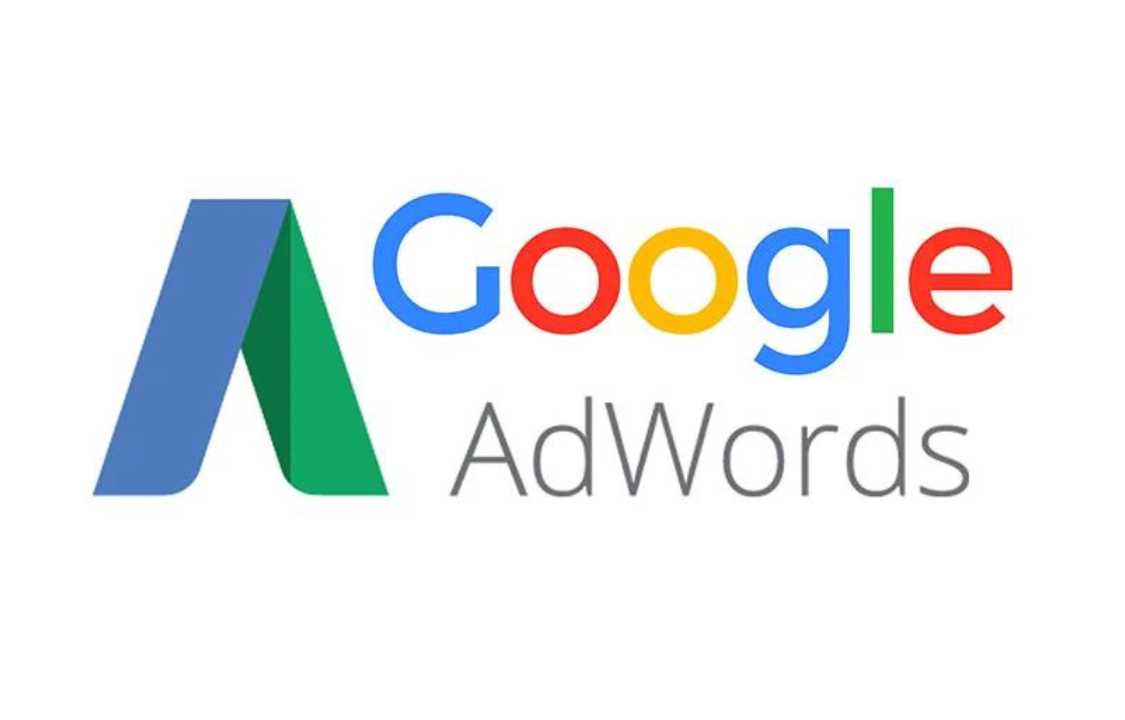Google Ads (formerly known as Google AdWords) is a robust advertising platform that helps companies of all sizes attract the attention of their ideal customers and increase website traffic. This 10-step instruction will help those new to Google Ads and wish to establish their first campaign, from creating an account to launching the campaign.
Step 1: Account Creation
Creating an account with Google Ads is the first step in developing an ad campaign. To get started with Google Ads, head to ads.google.com and login in using your existing Google account, or join up for a new one. To make an account, follow the on-screen instructions and fill out your billing information correctly.
Step 2: Account Structure
Google Ads organizes campaigns into accounts, ad groups, and ads. Understanding this hierarchical structure is essential. Each campaign can have its own set of ad groups, and each ad group can have its own ads and keywords. Organizing your account properly is crucial for efficient management.
Step 3: Campaign Objectives
Before diving into campaign creation, define your campaign objectives. What do you want to achieve with your campaign? Common objectives include driving website traffic, generating leads, increasing sales, or raising brand awareness. To select the best campaign type and settings, you must first understand your objectives.
Step 4: Selecting a Campaign Type
Google Ads offers various campaign types: Search, Display, Video, Shopping, and App. For your first campaign, starting with a “Search” campaign is recommended. Text adverts of this type can be shown on Google’s search engine results pages in response to certain keyword queries.
Step 5: Targeting and Budgeting
In this step, you’ll configure essential settings for your campaign:
- Location Targeting: Specify where you want your ads to appear. You can target by country, region, city, or radius around a location.
- Language Targeting: Choose the languages your audience speaks.
- Bid Strategy: Decide how you want to bid for clicks. Options include manual CPC bidding, automated bidding strategies, and more.
- Budget: Set a daily budget for your campaign. Google Ads will ensure that you stay within this budget.
Step 6: Keyword Research
Successful marketing campaigns start with thorough keyword research. Find keywords related to your business using Google’s Keyword Planner or another keyword research tool. Focus on keywords that align with your product or service and have sufficient search volume.
Step 7: Creating Ad Groups
Organize your keywords into thematic ad groups. Each ad group should contain closely related keywords. This structure allows you to create highly relevant ads and landing pages for better campaign performance.
Step 8: Ad Creation
Write compelling ad copy that encourages users to click on your ads. Each ad typically consists of:
- Headline: A concise and attention-grabbing title.
- Description: A brief description highlighting the value or benefits of your offering.
- Display URL: The web address users see in the ad.
- Final URL: The actual landing page URL.
- Ensure your ad copy aligns with the keywords in the ad group and provides a clear call-to-action (CTA).
Step 9: Tracking and Conversions
Conversion tracking can be set up simply by including a tracking code on the website. This code helps you measure the effectiveness of your campaigns by tracking actions like form submissions, purchases, or sign-ups. Understanding what leads to conversions is vital for optimizing your campaign.
Step 10: Review and Launch
Before launching your campaign, review all settings, keywords, ad groups, and ad copy to ensure accuracy and alignment with your goals. Use Google Ads’ ad preview tool to see how your ads appear in search results.
Once satisfied with your campaign setup, click the “Launch” button to set your campaign live.
Conclusion
Creating your first Google Ads campaign may seem complex. Still, following this 10-step guide and continually monitoring and optimizing your efforts can effectively drive targeted traffic to your website and achieve your advertising objectives.
Remember that Google Ads is a dynamic platform, so staying informed about updates and best practices is crucial for success. Over time, as you gain experience and understanding of your audience, you can refine your campaigns and explore advanced features to enhance your online advertising efforts further.

